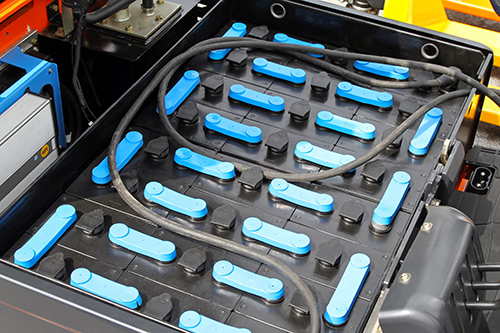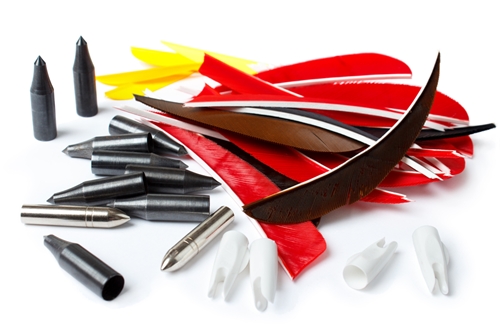

- Contributions by industrial experts with engineers in mind
- Focused on specialty-chemical material applications and selection
Knowledge Center
Intro to Protecting Power Supplies

Power Supply Protection
Power supplies handle an important task in our increasingly electronic world. These devices are used to convert power from one type to another (i.e. AC to DC) or regulate voltage from a source to its destination. These devices have become standard in many consumer electronics devices, where they convert AC power from transmission lines to DC power used in appliances. Power supplies also exist as standalone units, and can be used in high-voltage applications as well.
Regardless of the final application, power supplies are often potted or encapsulated - both to protect them from harm and to protect other components or people from being harmed by them. Because they are conduits, often for high voltages, accidental contact has the potential to be damaging. Potting and encapsulation are often used interchangeably, but they have specific meanings that apply to power-supply manufacturing. When potting, the case or mold that the components are potted in become part of the final assembly. When encapsulating, the mold is removed and the components remain encased in the encapsulating compound. Sealants may simply seal a component inside an assembly without encasing it completely. The choice of which method to use will depend on how the power supply will be integrated into the final assembly. If potting, the potting compound must bond both to the power supply components and the pot. If encapsulating, the encapsulated power supply must be able to be attached via adhesive or other method in the assembly.
Power Supply Protection Materials
Epoxies and silicones are both frequently used materials for potting/encapsulating, sealing and adhering power supplies. Which material is used will depend on the environmental factors expected to be met during the working life of the power supply. Silicone can offer heat resistance up to 200C, ideal for situations with larger temperature fluctuations. Epoxies offer excellent resistance to chemicals, as well as environmental factors like moisture and water. They both are good dielectric insulators, protecting other nearby components from electric shock, as well as preventing tampering or accidental human contact. Because power supplies produce heat as a by-product of transferring energy, these pottants, encapsulants, sealants and adhesives are usually thermally conductive to help safely dissipate heat.
Adhesives are used in power supplies to attach heatsinks, as well as other components. Adhesives offer some advantages over mechanical fasteners, as they are often lighter, non-corrosive, and can be applied more quickly for high-volume processing. These can also be silicone or epoxies and offer similar dielectric and environmental resistances as needed.






